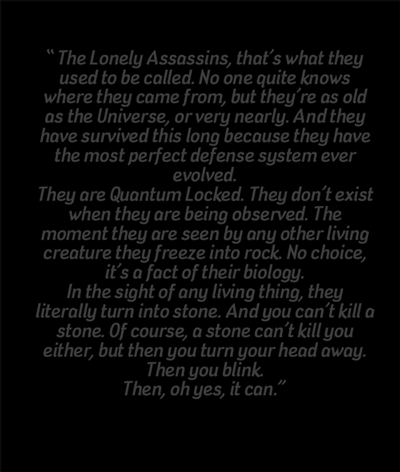
I just felt a great disturbance in the Force, as if millions of voices suddenly said: "What, what?" As
the Telegraph reports, Walt Disney has agreed to buy Lucasfilm, the company behind the Star Wars films, for $4.05bn (£2.5bn) in a cash and shares deal. A seventh Star Wars film will be released in 2015.
While Star Wars is not necessarily a dead horse, fans will surely agree that Episode III: Revenge of the Sith put the franchise out to pasture in 2005 – the end of a midlife crisis in the saga which began with the release of Episode I: The Phantom Menace in 1999. A dead horse or not though, it’s frankly relieving to hear that George Lucas is no longer the one doing the flogging, as he will neither be writing nor directing the new film, although going by his comment that the deal allows Lucasfilm to “blaze new trails in film, television, interactive media, theme parks, live entertainment, and consumer products”, flogging does appear to be the operative word.
Lucas’s constant addition of superfluous things to his films and general tinkering with them in each release is akin to that kid in primary school art lessons, who announces to his classmates that he’s going to make the most fantastic colour you’ve ever seen and adds all the different paints he can get his hands on to his pot, only to end up with a cruddy-looking brown.
As RedLetterMedia stated in its review of The Phantom Menace, Lucas never grasped that brevity is the soul of wit. The film – supposedly for children – begins with the Supreme Chancellor of the Galactic Senate’s dispatching of a Jedi Knight and his apprentice to a Trade Federation battleship, both working as negotiators in order to resolve a tax dispute on trade routes. As an 11-year-old in the cinema at the time, I can assure you that this was as meaningful and exciting as if the script had been written by the Inland Revenue themselves.
Compare this to the opening of Episode IV: A New Hope, in which one of Darth Vader’s ships thunders after a tiny, hapless Rebel cruiser, hopelessly trying to flee the Empire’s clutches. Everything needing to be conveyed is done so without words even being necessary – and it’s convincingly real because, well, it is real. The Star Destroyer might be a model, but there’s a simple tangibility about it that no CGI wizardry can ever match by itself.
Simplicity is the reason for the enormous success of the early Star Wars films: an obvious protagonist is tested, and triumphs in the face of adversity, saving the girl and the day from the bad guy in the process. As a company with such a long and successful legacy of producing this format, the notion of a definitively awesome new Star Wars film in 2015 from Disney might not actually be as far, far away as it sounds.












 cool nife holder from thinkgeek.com go check out the site its pretty cool
cool nife holder from thinkgeek.com go check out the site its pretty cool
 They say the full moon's meant for lovers
They say the full moon's meant for lovers









